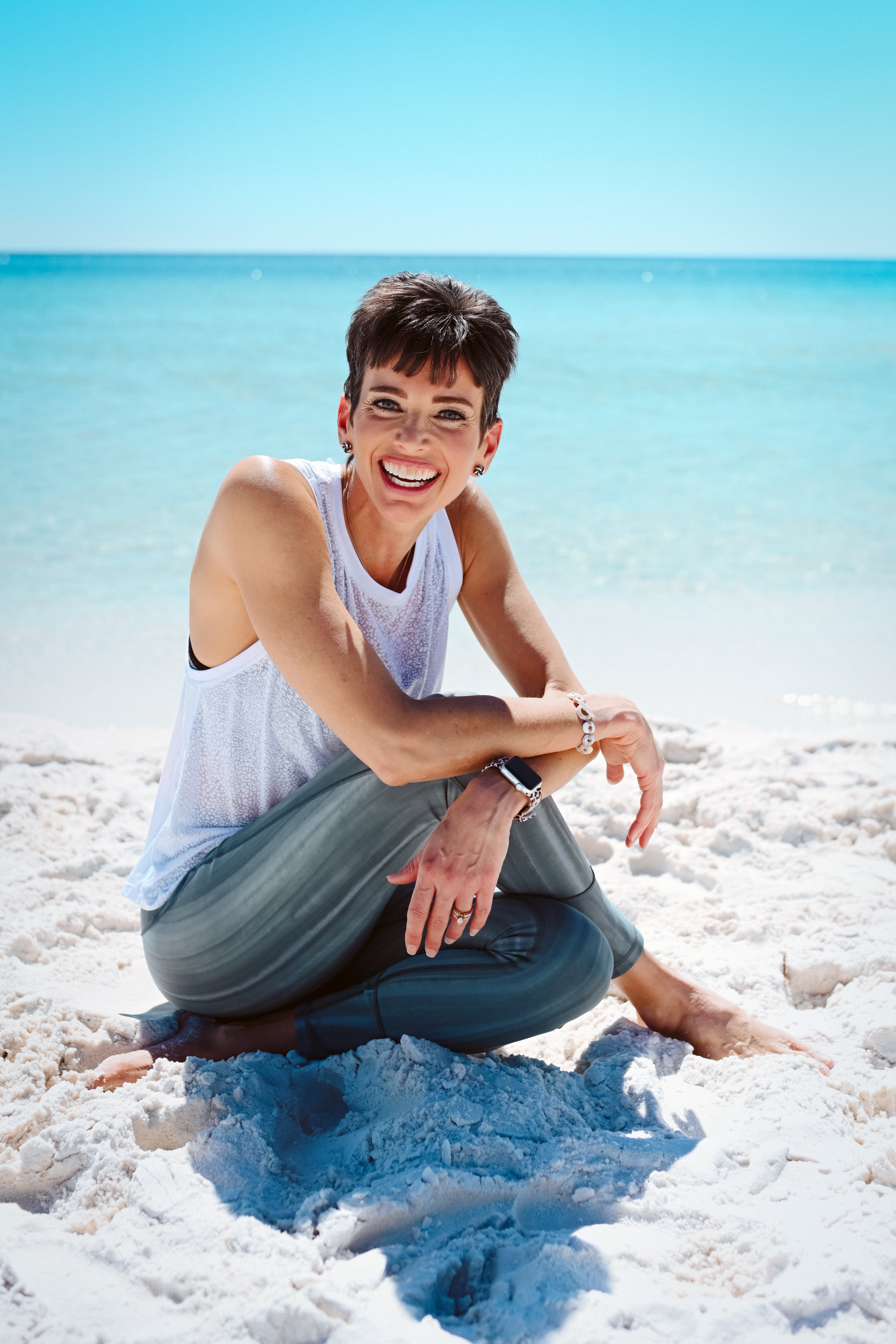An FDA study in 2010 found lead in 400 lipsticks at levels up to 7.19 ppm (parts per million). Lead can pose serious health risks, including neurological effects, high blood pressure, thyroid dysfunction, and reproductive toxicity.
It is so harmful that the government banned it from house paint in 1978 and from gasoline in 1996. However, it is still found in many cosmetics and some packaged food! Lead does not show up on ingredient labels, and it has been found in a wide range of lipsticks—from cheap brands to luxury brands.
There’s lead in most lipstick but that is not disclosed on product labels because (similar to why asbestos isn’t disclosed in baby powder) the toxic lead was not “intentionally” added to the product.
The FDA found the highest lead levels in lipsticks made by three manufacturers…Read more here:
The FDA found the highest lead levels in lipsticks made by three manufacturers…Read more here:
This is why I only use Young Living’s Savvy Minerals Lipstick, Lip gloss, and Lip balm!
Don’t stress! You can still feel beautiful wearing bright lipstick without lead or harsh chemicals! Savvy Minerals by Young Living® Lipsticks is formulated without parabens, phthalates, petrochemicals, bismuth, talc, synthetic fragrances, or synthetic colorants!
Below are the ingredients used in some of the formulas and why:
Castor oil is a vegetable oil obtained by cold pressing castor beans. It was used by the ancient Egyptians and Greeks for a wide variety of uses. In India, castor oil has been prized for its skin-supporting properties. Castor oil is commonly used in cosmetic products such as creams, moisturizers, and hair care products.
Grapeseed oil is extracted from the seeds of grapes. The seeds are loaded with powerful antioxidants.
Beeswax is the purified wax from honeycombs. Female worker honey bees of the genus Apis produce the natural beeswax. Bees fly 150,000 miles to yield 1 pound of beeswax. Beeswax is used as a binder and provides a rich emollient to creams, which is especially good for dry skin.
The candelilla plant belongs to the Euphorbia species. It is a flowering plant that has a similar appearance to cacti, but it has milky latex. Candelilla wax serves as a protective seal for the plant and helps it retain moisture. Candelilla wax helps increase the thickness of the oils in the lipsticks, giving them structure, allowing for a smooth application, and keeping them solid.
Vitamin E is great for the skin and helps maintain the appearance of healthy, youthful-looking skin.
Sunflower Seed Oil
is commonly used in cosmetic products, and it includes palmitic acid, stearic acid, oleic acid, and linoleic acid.
Jojoba seed oil: Jojoba helps protect the skin and helps it maintain its natural moisture. It’s one of the reasons why the lipsticks will glide on your lips smoothly without leaving greasy residue.
Coconut oil: This is a very popular ingredient in cosmetics and beauty products for its antioxidant and conditioning properties and for helping the skin stay protected from drying. Who doesn’t love coconut oil?!
Shea butter: Obtained from the fruit of a tree native to Africa, shea has become a favorite to not only the natives but to everyone who uses it. It is composed of rich fatty acids that condition and nourish skin, hair, and nails. This is why natives have used it for centuries in everything from homemade ointments to hair treatments and body butters.
Plus, the beautiful, bright shades come from the minerals, not synthetic dyes or colors!
What is your favorite lipstick color? Drop a comment👇🏻👇🏻!
Interested in ways to support your wellness with chemical-free options? Click HERE!



![Your new go-to snack for energy [print this out]](https://909c0d3efc63d4674cb4-62e8289cb2b35d2d929ba8c1b8f1d0d0.ssl.cf1.rackcdn.com/2106-6806f1495aa14.jpg)







